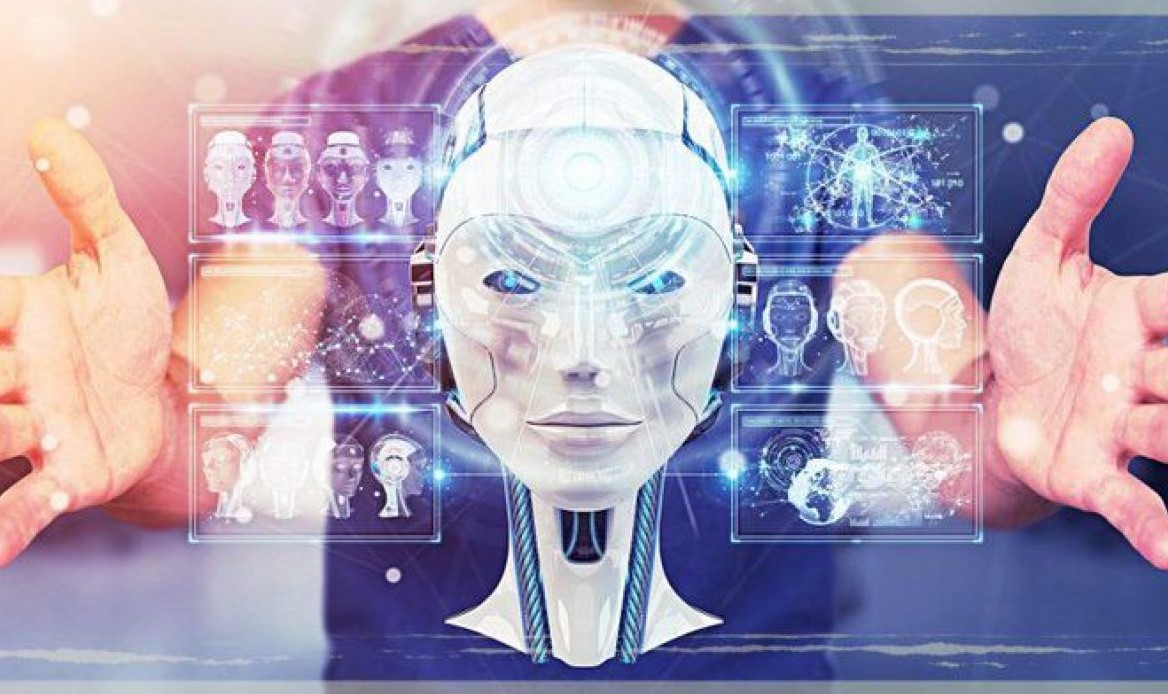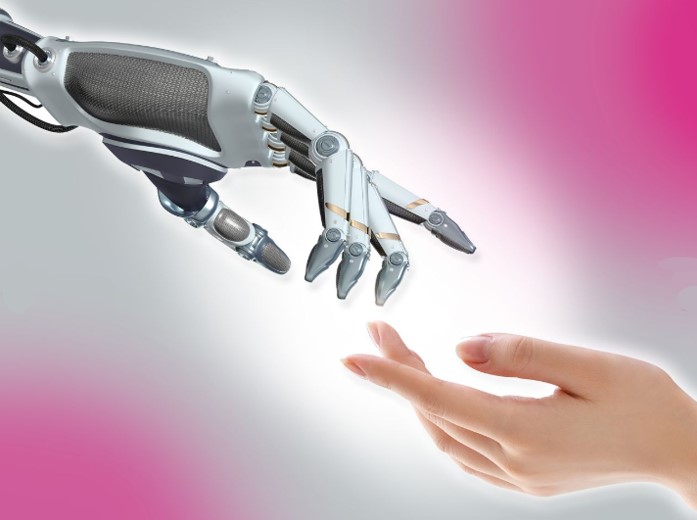Embracing Human-Centric Technology: Putting People First in Innovation
January 7, 2025

In an increasingly digital world, the importance of human-centric technology cannot be overstated. As we develop tools and systems, prioritizing user needs, fostering empathy, and finding the right balance between automation and human interaction are crucial. In this blog, we’ll explore how to design technology with user needs at the forefront, the role of empathy in tech product development, and the balance between automation and the human touch in customer service.
Designing Technology with User Needs at the Forefront
User-Centered Design (UCD)
User-centered design is a fundamental approach that emphasizes understanding the needs, behaviors, and contexts of users throughout the design process. This involves engaging users in the development stages through interviews, surveys, and usability testing. By actively involving users, designers can create solutions that genuinely address their challenges and preferences.
Iterative Prototyping
Designing with users in mind often involves iterative prototyping. Creating low-fidelity prototypes allows designers to test concepts and gather feedback early in the process. This iterative approach enables teams to refine their ideas based on real user insights, ultimately leading to a more effective final product.
Accessibility Considerations
A human-centric approach also means considering accessibility. Designing technology that accommodates users with varying abilities ensures inclusivity. This includes adhering to accessibility guidelines, such as WCAG (Web Content Accessibility Guidelines), to create experiences that everyone can engage with, regardless of their physical or cognitive limitations.
Focus on User Experience (UX)
An emphasis on user experience is crucial for creating technology that resonates with users. This involves not just functionality but also aesthetics, usability, and emotional appeal. A well-designed user experience fosters satisfaction and loyalty, as users are more likely to engage with products that are intuitive and enjoyable to use.

The Role of Empathy in Tech Product Development
Understanding User Emotions
Empathy is a cornerstone of human-centric technology. Understanding users’ emotions, motivations, and pain points allows product developers to create solutions that resonate on a deeper level. By putting themselves in users’ shoes, teams can design products that not only solve problems but also enhance users’ overall experience.
Building Cross-Functional Teams
Empathy should be embedded in the culture of the organization. Creating cross-functional teams that include designers, developers, marketers, and customer service representatives fosters diverse perspectives. This collaborative environment encourages empathy-driven discussions, ensuring that products are designed with a holistic understanding of user needs.
Storytelling as a Tool
Utilizing storytelling can be a powerful way to foster empathy within teams. By sharing user stories and experiences, product developers can better understand the impact of their work. Storytelling humanizes data and research, making it easier for teams to connect with the end users’ realities.
Continuous User Feedback
Integrating continuous user feedback into the development cycle ensures that empathy remains a guiding principle. Regular check-ins with users after launch can provide valuable insights into their experiences, allowing teams to make necessary adjustments and improvements over time.
Balancing Automation with the Human Touch in Customer Service
The Rise of Automation
Automation has become an essential aspect of customer service, enabling organizations to streamline processes and handle routine inquiries efficiently. Chatbots, for instance, can provide immediate responses to common questions, improving response times and freeing human agents to tackle more complex issues.
Recognizing When to Humanize Interactions
However, while automation is beneficial, it’s vital to recognize situations where a human touch is necessary. Complex issues, emotional concerns, or nuanced inquiries often require the empathy and understanding that only a human can provide. Striking the right balance between automated responses and human interactions is key to maintaining customer satisfaction.
Hybrid Models of Service
Implementing hybrid customer service models can enhance the overall experience. For example, allowing users to transition seamlessly from a chatbot to a human agent when needed ensures that they receive personalized support while still benefiting from the efficiency of automation.
Training for Empathy
Training customer service representatives to embody empathy is crucial. They should be equipped with the skills to connect with customers, understand their frustrations, and provide tailored solutions. This human connection can significantly improve customer loyalty and brand reputation.
Feedback Loops for Continuous Improvement
Creating feedback loops between automated systems and human agents allows organizations to continually refine their service approach. Insights gathered from customer interactions can inform both AI algorithms and human training, leading to an overall enhancement of the customer service experience.

Human-centric technology prioritizes the needs and experiences of users, fostering innovation that is both effective and empathetic. By designing with user needs at the forefront, incorporating empathy into product development, and striking a balance between automation and human interaction, organizations can create meaningful technology that resonates with users. In an era where digital solutions are ubiquitous, embracing a human-centric approach will not only drive customer satisfaction but also pave the way for sustainable success in a rapidly evolving landscape. Ultimately, when technology serves people, everyone wins.
Recent Posts
Have Any Question?
Call or email Cocha. We can help with your cybersecurity needs!
- (281) 607-0616
- info@cochatechnology.com




